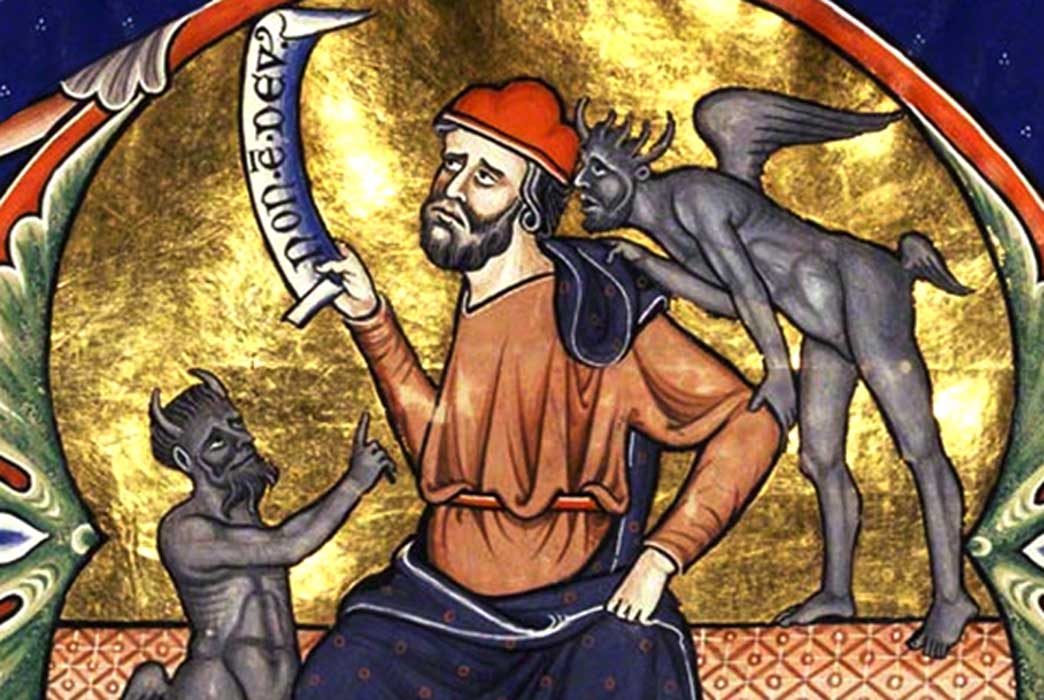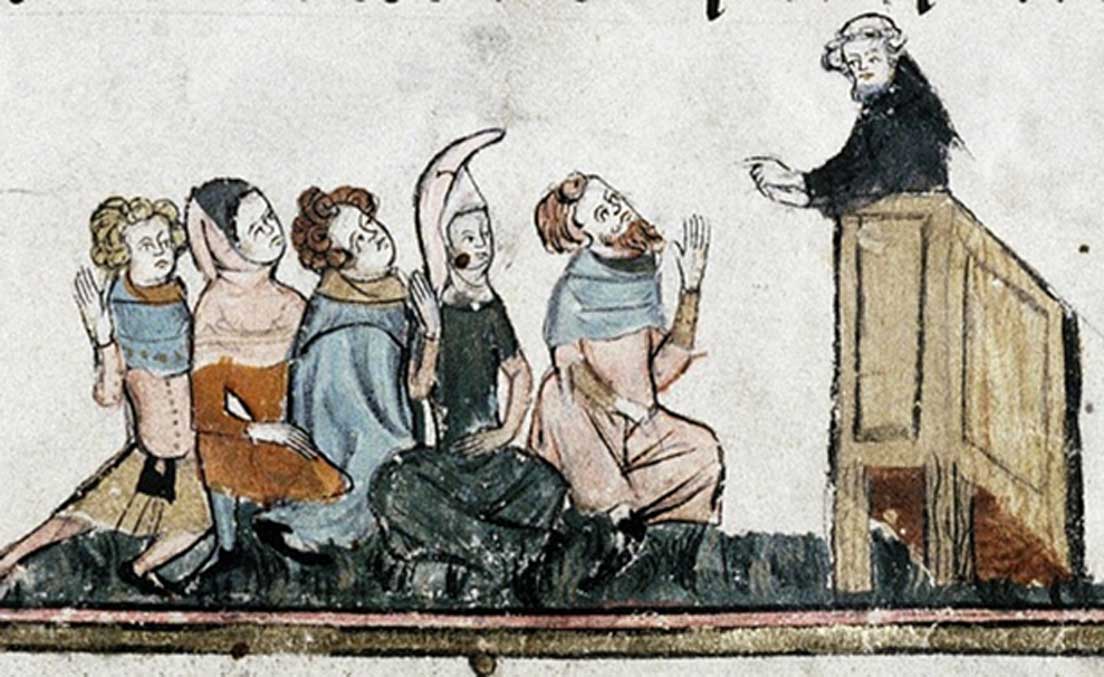
Fantasies from Evil Spirits? Faeries in the Medieval Imagination
“There are also others who say that they see women and girls dancing by night whom they call elvish folk, or faeries, and they believe that these can transform both men and women or, by leaving others in their place, carry them to elf-land; all of these are mere fantasies bequeathed to them by an evil spirit.”
- From an English sermon c.1390.
This opinion from an unknown Wycliffite preacher at the end of the 14th century, sums up well the orthodox ecclesiastical view of faeries, and people’s belief in them, during the late Middle Ages. In order to counter an evident vernacular belief in faeries, the Church’s official line was that the faeries were the result of delusions orchestrated by the Devil and his evil minions for various nefarious purposes. This was (from 1184) reinforced by The Inquisition, which could include questions in its commissions about any interactions with the faeries, aimed at weeding out heretical beliefs and punishing the perpetrators.

‘Wycliffite Preacher’, English 14th century (Public Domain)
There are many sermons and treatises, dating back to the 12th century that underline this official doctrine, aiming to convince those being preached at that the faeries were nothing more than demons in disguise. This orthodoxy also found its way into popular Saints Lives (usually stories of marvels from the fifth to eighth centuries, but not recorded in manuscript until much later), including that of St Collen, who, whilst residing in Glastonbury was invited by the faeries to ascend to the top of Glastonbury Tor to receive the hospitality of Gwyn ap Nudd, the King of the Faeries.

St.Collen parish church: Stained glass window showing Saint Collen. (CC BY-SA 3.0)
Sure enough, once there he found himself in a lavish palace, inhabited by the faeries and their king, who offered food and drink to the saint. But St Collen was having none of this, and drew out a vial of holy water, sprinkling it over the king causing him and the faerie illusion to vanish, leaving the saint alone on the hilltop.
The insinuation is that Gwyn and his faeries were merely the work of the Devil, conjured up to tempt the saint. But these texts only give us a top-down idea of medieval faerie belief, created as they were by an ecclesiastical elite for specific didactic purposes; namely, ensuring that the common people were taught that faeries were devils. However, there is a rich vein of medieval vernacular literature that suggests populist opinion was at variance with this official position.




